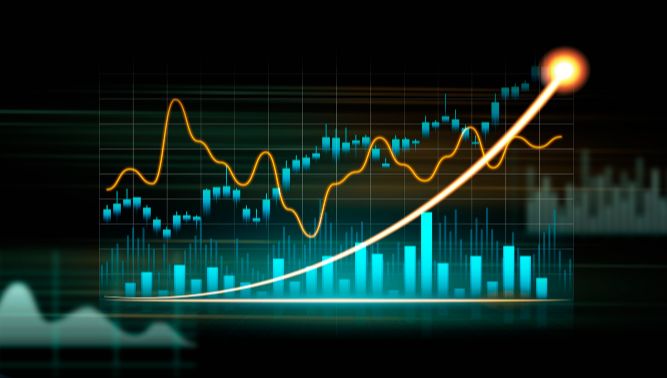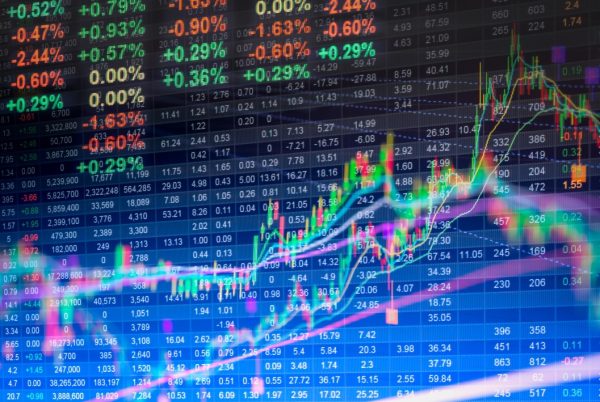Dr. Carlos Asilis, Chief Investment Officer, Glovista Investments
Darshan Bhatt, CFA, Deputy Chief Investment Officer, Glovista Investments
March 7, 2022
In February, risk assets sold off sharply on the back of Russia’s invasion of Ukraine, and as a result, risk premium levels rose markedly from January levels. Such a spike in risk premium levels resulted in equity price declines via earnings valuation multiple compression effects as well as expanded credit spreads.
We believe Russia’s invasion, while still ongoing and therefore uncertain insofar as its final conclusion is concerned, carries three principal potential implications on the global economy and markets. Those implications result from the following channels: trade disruption (including disruptions in the global supply chain as well as disruption of energy commodity trade); energy price increases and the potential for outsized tightening in financial conditions.
Of these three implications, short of a cataclysmic outcome entailing war with the West’s NATO alliance – by all accounts an exceedingly low probability tail risk — the most potentially adverse implication is that of higher energy prices, further complicating the Federal Reserve’s (Fed) policy stance, the world’s sole major economy experiencing tight output gap metrics. As a result, we view the Fed to remain committed to a sustained policy rate hike normalization process throughout the rest of 2022 given energy inflation’s exceedingly tight nexus with both consumer and business inflation expectations. The two other economic impact channels are likely to be of second-order importance owing to the Russian and Ukrainian economies’ rather small (low single-digit) weightings in the world economy and global trade.
From a portfolio strategy perspective, we expect risk premium levels to decline steadily over the coming weeks as tail risk scenarios associated with Russia’s invasion become increasingly discounted away. Nevertheless, in early February our risk management protocols led to the trimming of risk market exposure levels, resulting in alpha generation for the period. From an intermediate-term perspective, we view recent geopolitical developments as reinforcing our key 2022 major investment themes, including continued strong overweight tilts to value factors globally as well as across asset classes. Our assessment reflects not only our expectation of continued Fed policy rate hike actions over the balance of 2022 but also our expectation of continued economic recovery later this year.
On the activity front, we continue to expect an increase in the pace of the global economic expansion starting in the year’s second quarter as the pandemic’s tight hold on global service consumption wanes considerably. We view our thesis as validated by the exceedingly strong resilience evidenced in economic mobility indicators over the past several weeks as well as robust consumer expenditure intentions (e.g. travel) even at a time in which the Omicron strain remained at high levels. From a regional perspective, we view the Eurozone regional economic outlook as the most adversely impacted by the Ukraine crisis owing to the region’s larger dependence on energy imports as well as its geographical proximity to Russia. In Latin America, financial conditions are likely to ease in 2022 following the succession of rate hikes introduced throughout the region in 2021. In Asia, we expect economic momentum to pick up speed in the second quarter, especially in Japan, India and the ASEAN region.
From a portfolio strategy perspective, we continue to favor overweight value sector and market tilts, including exposure to precious metals (e.g. gold) while retaining underweight bond duration tilts and overweight cash levels to accommodate the unusually high tail risk scenarios conditioning the outlook.
From an emerging markets asset class perspective, the recent Russia-Ukraine conflict’s impact is considerably contained as Ukraine is a frontier, non-emerging market constituent while Russia’s overall share of the MSCI EM benchmark’s market capitalization is close to three percent. The Russia-Ukraine crisis, while representing a potential downside risk on global equities, is unlikely to impact the emerging market (EM) asset class negatively on a relative basis owing to strong macro balance sheets commanded by most large EM benchmark constituents as well as under-owned status.
The views expressed are those of Glovista Investments, a boutique manager on the Spouting Rock Asset Management platform, as of March 1, 2022 and are not intended as investment advice or recommendation. For informational purposes only. Investments are subject to market risk, including the loss of principal. Past performance does not guarantee future results. There can be no assurances that any of the trends described will continue or will not reverse. Past events and trends do not imply, predict or guarantee, and are not necessarily indicative of future events or results. Investors cannot invest directly in an index.





